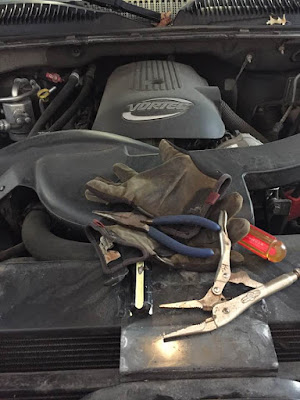Let's face it, AMC's were always misfits. The bumbling dork in the back of class who was a spastic at sports, was socially awkward, couldn't fend for themself if their life depended on it and the worst was they weren't even very bright. But the 1971-1974 AMC Javelin was that woe-begotten sop's inexplicably cool sibling who somehow, someway, was able to figure most things out and was asked from time to time to sit at the "cool kid" table at lunch. They may even have gotten a wink or two from a cheerleader.
Note, we didn't say the Javelin's predecessor, the two passenger, hack sawed off 1968-1970 Hornet Javelin got any gazes from senior class celebrities despite significant success in Trans-Am racing. Nope, at that cool kids lunch table of yore, the only thing that mattered was if you were cool; you ran the risk of being ostracized if you could actually do anything better than anyone else. That all changed for 1971 when the homely little Javelin got several injections of collagen and steroids and looked like it could do what it had been able to do before but sadly couldn't any more. Being cool never meant you actually were.
Welcome to the "cool kids" table, kid where you'll quickly find out that we really can't do anything but "be cool". And now that you're actually "cool looking" and can't perform like you used to because all that flashy new sheet metal is heavy and your engines have been emasculated just like ours have been you'll fit right in. You'll also find out that we're no better than you and suffer from all the insecurity and doubts that you do. Disillusioned much?
The Javelin was AMC's attempt to change it's prosaic, practical, boring and dowdy image and appeal to coming of age baby boomers who gravitated towards sporty "pony cars" like the Ford Mustang. The original two passenger Javelin didn't break any ground technologically and highly modified Javelins achieved considerable success in Trans-Am racing. Mattered little, though. Sales were middling at best and the whole notion of "win on Sunday, win on Monday" notion was a half assed in the first place. That may have been true for us car wonks but for the rest of the world? Who cared? Anyway, in a narrow market already dominated by Ford, GM and to some degree Chrysler, there was little room for another pony car and from AMC of all places. Updated for 1971 with the bulging sheet metal and a vestigial rear seat like our Big Red '72 here, Javelin became more conventional in appearance and function and "fit in" better but it still sold just as poorly.
AMC manufactured the Javelin through the 1974 model year and they went back to their literal roots replacing it with a car atypical of what they'd long been famous for, the Pacer. Sorry, you can take the pocket protector out of the man but you can't take the man out of the pocket protector. Perhaps the Javelin was uncool all along - just like all the cool kids were.



















































